How to Build a Digital Marketing Strategy Step by Step
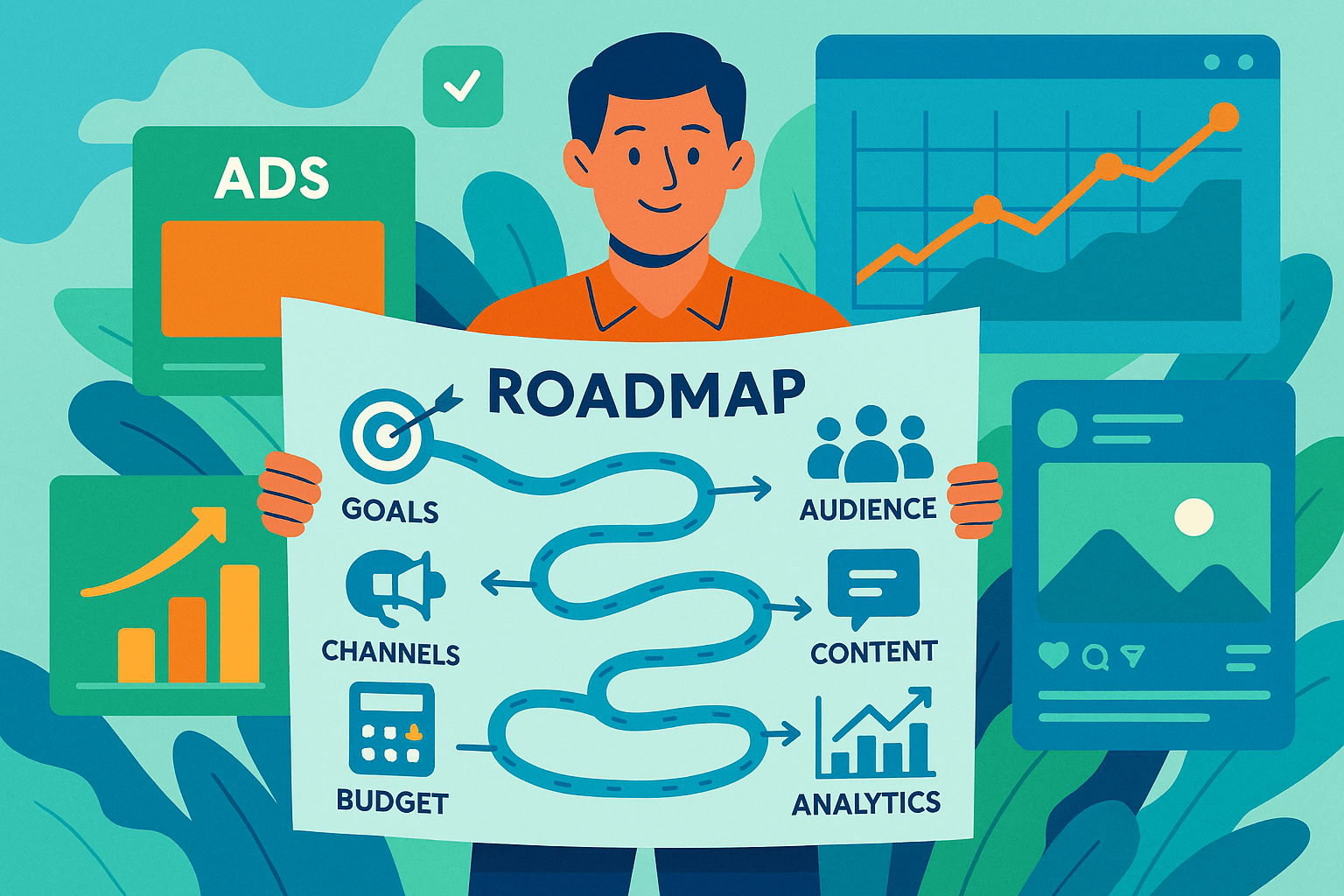
Posting randomly on social media or running ads without a plan is like throwing darts in the dark — you might hit something, but most of the time you’ll waste energy. A digital marketing strategy is your map. It tells you where to go, what to do, and how to measure success. Without it, you’ll be chasing likes instead of customers. With it, you’ll turn clicks into real growth. Here’s a step-by-step guide to building a strategy that actually works.
Why a Strategy Matters
Many businesses jump into digital marketing with enthusiasm but no structure. The result? Inconsistent results, wasted budget, and frustration. A strategy gives you:
- Clarity: You know what to focus on.
- Efficiency: You use your time and money wisely.
- Consistency: Your audience sees the same message everywhere.
- Growth: Instead of random efforts, you build momentum.
Step 1: Define Your Goals
Ask yourself: What do I want to achieve?
- Increase website traffic?
- Generate leads?
- Boost sales?
- Build brand awareness?
Your goals should follow the SMART formula (Specific, Measurable, Achievable, Relevant, Time-bound). Example: “Gain 1,000 new email subscribers in 3 months.”
Step 2: Set KPIs (Key Performance Indicators)
Goals are dreams, but KPIs are numbers that track progress. They make your goals real.
Examples:
- Website visitors per month
- Social media engagement rate
- Conversion rate (visitors → customers)
- Cost per lead
KPIs let you know whether your strategy is working or needs adjustment.
Step 3: Understand Your Audience
- Demographics: Age, gender, location
- Interests: What content do they consume?
- Pain Points: What problems do they need solved?
- Platforms: Where do they spend time — Instagram, LinkedIn, YouTube?
Step 4: Choose Your Channels
- SEO & Content Marketing: Great for long-term visibility
- Social Media Marketing: For engagement and awareness
- Email Marketing: For nurturing leads
- Paid Ads (Google, Meta): For faster reach
- Influencer Partnerships: For credibility and community trust
Step 5: Build a Content Plan
- Content Types: Blogs, videos, reels, infographics, newsletters
- Posting Schedule: How often and when
- Tone & Voice: Professional? Friendly? Educational?
- Value Focus: Every piece should educate, inspire, or entertain
Step 6: Budget Wisely
- Paid ads
- Content creation (design, copy, video)
- Tools (SEO, email, analytics)
- Freelancers/agency help
Step 7: Test, Measure, and Iterate
- Run campaigns →
- Measure results with KPIs →
- See what worked →
- Fix what didn’t →
- Repeat with improvements
Quick Example Strategy
- Goal: Increase online sales by 20% in 6 months.
- KPI: Conversion rate, sales revenue, ad ROI.
- Audience: Women 18–35, interested in fashion & lifestyle.
- Channels: Instagram, SEO blog, email newsletter.
- Content Plan: Style tips reels, blogs on “How to choose outfits,” weekly discount emails.
- Budget: ₹20,000 monthly — 60% ads, 20% content, 20% tools.
- Iterate: Test different ad creatives and email subject lines every month.
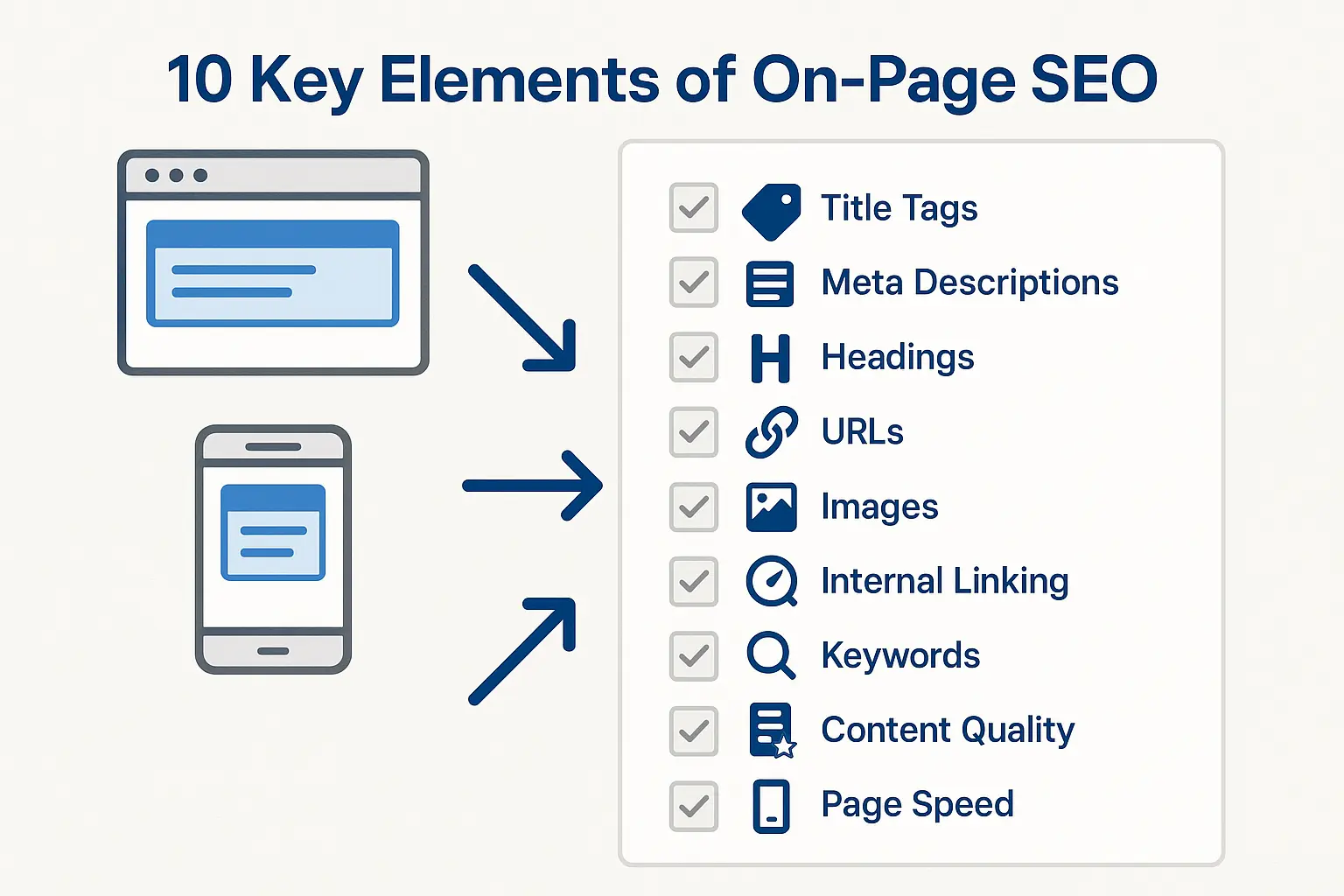
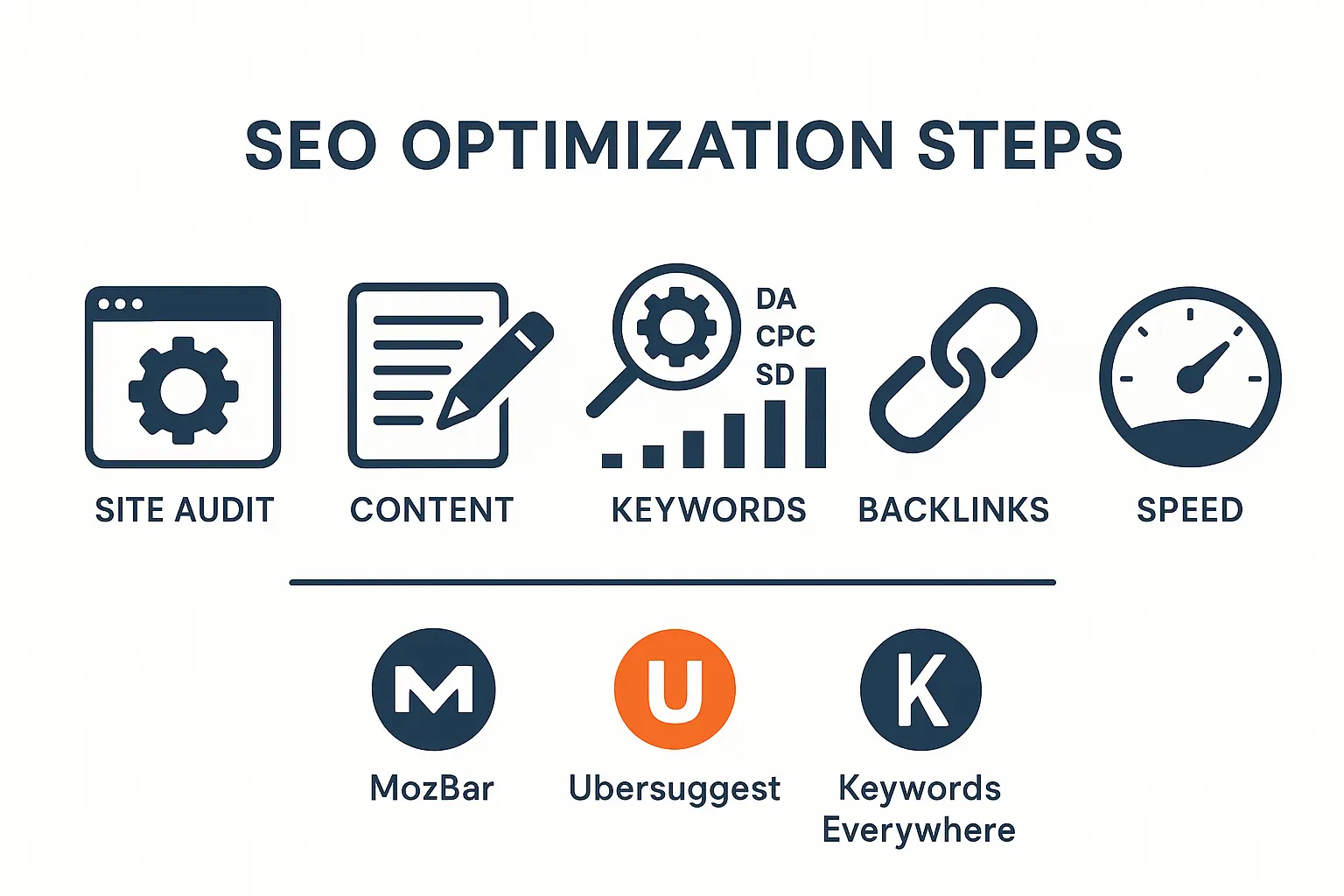
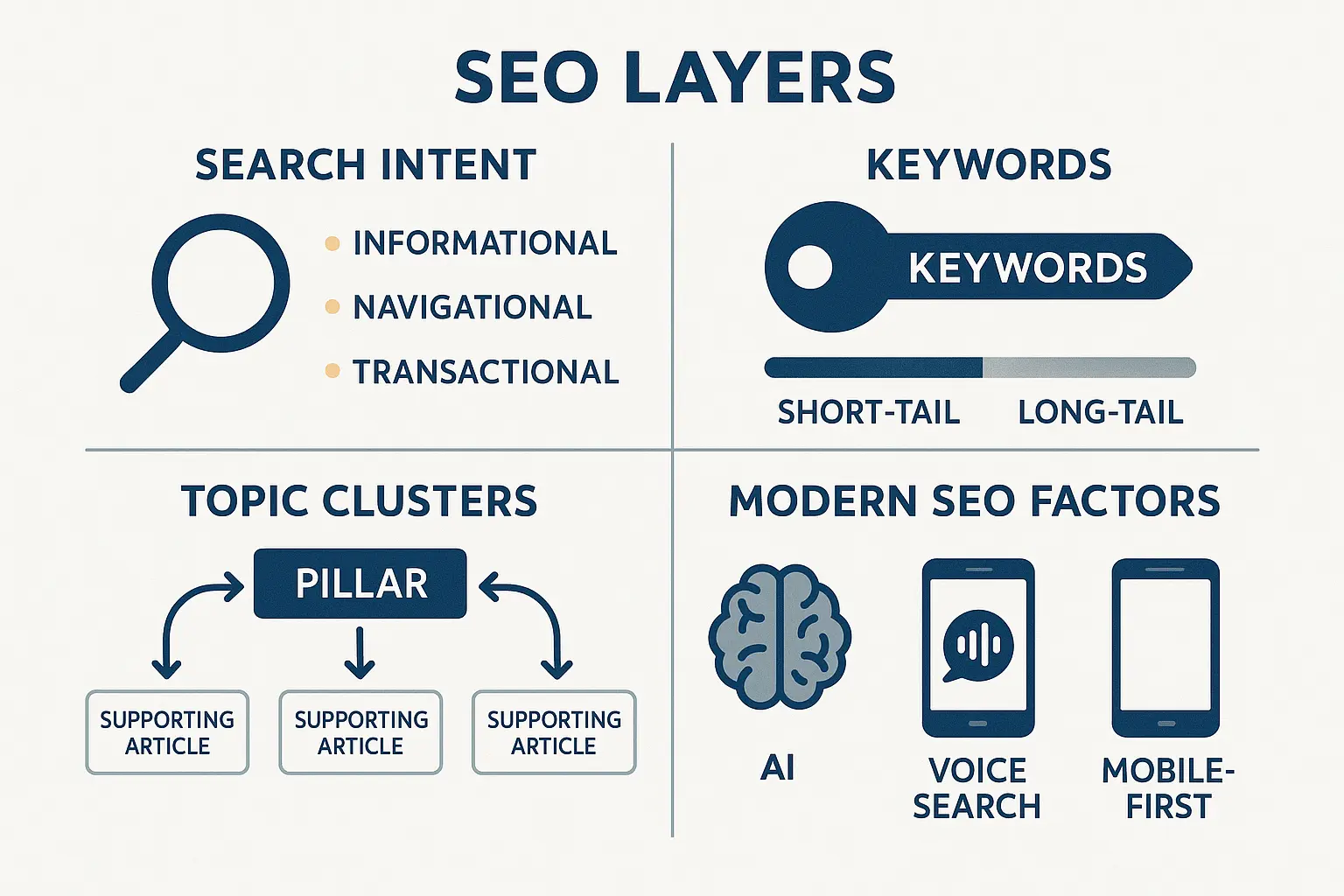
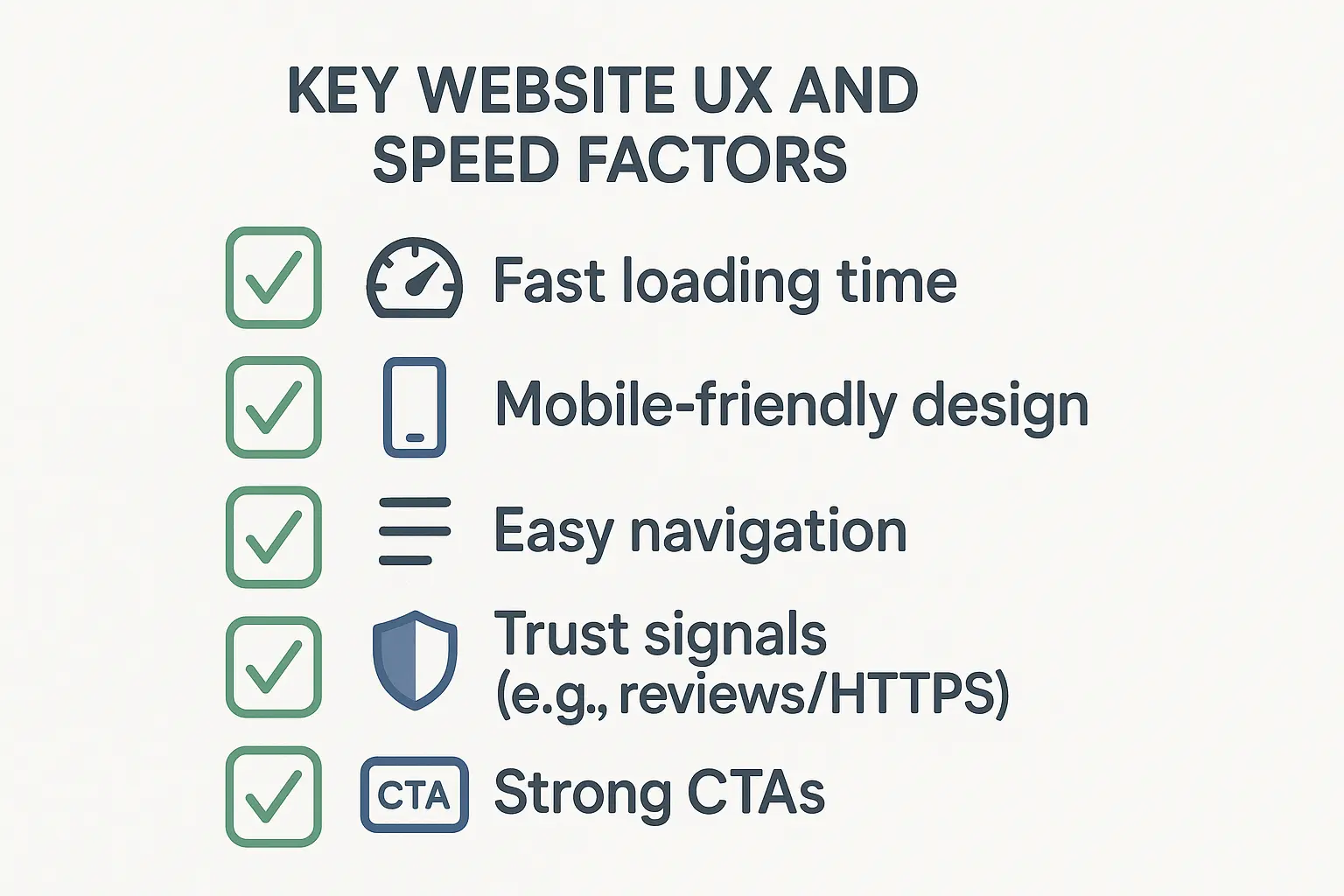
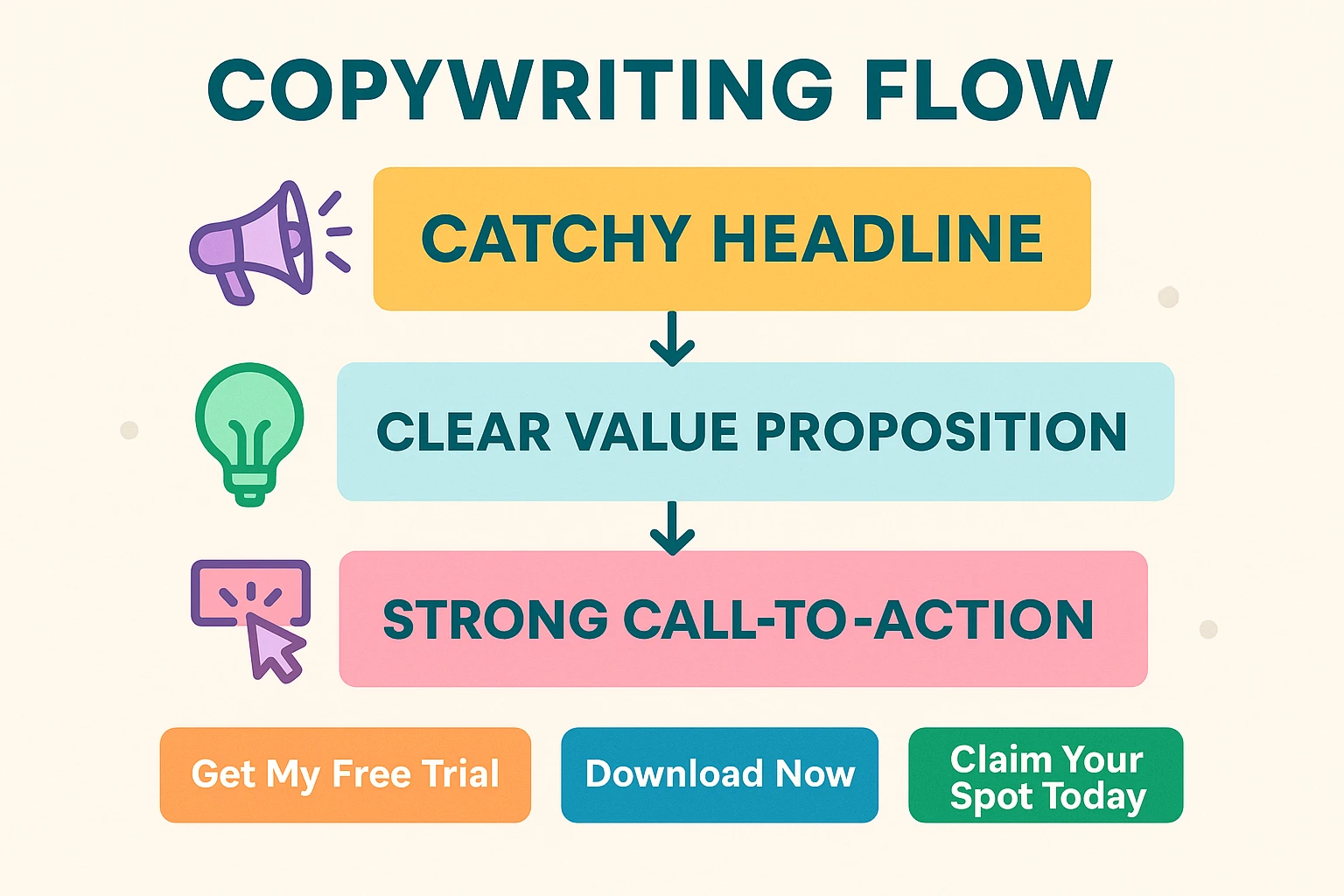
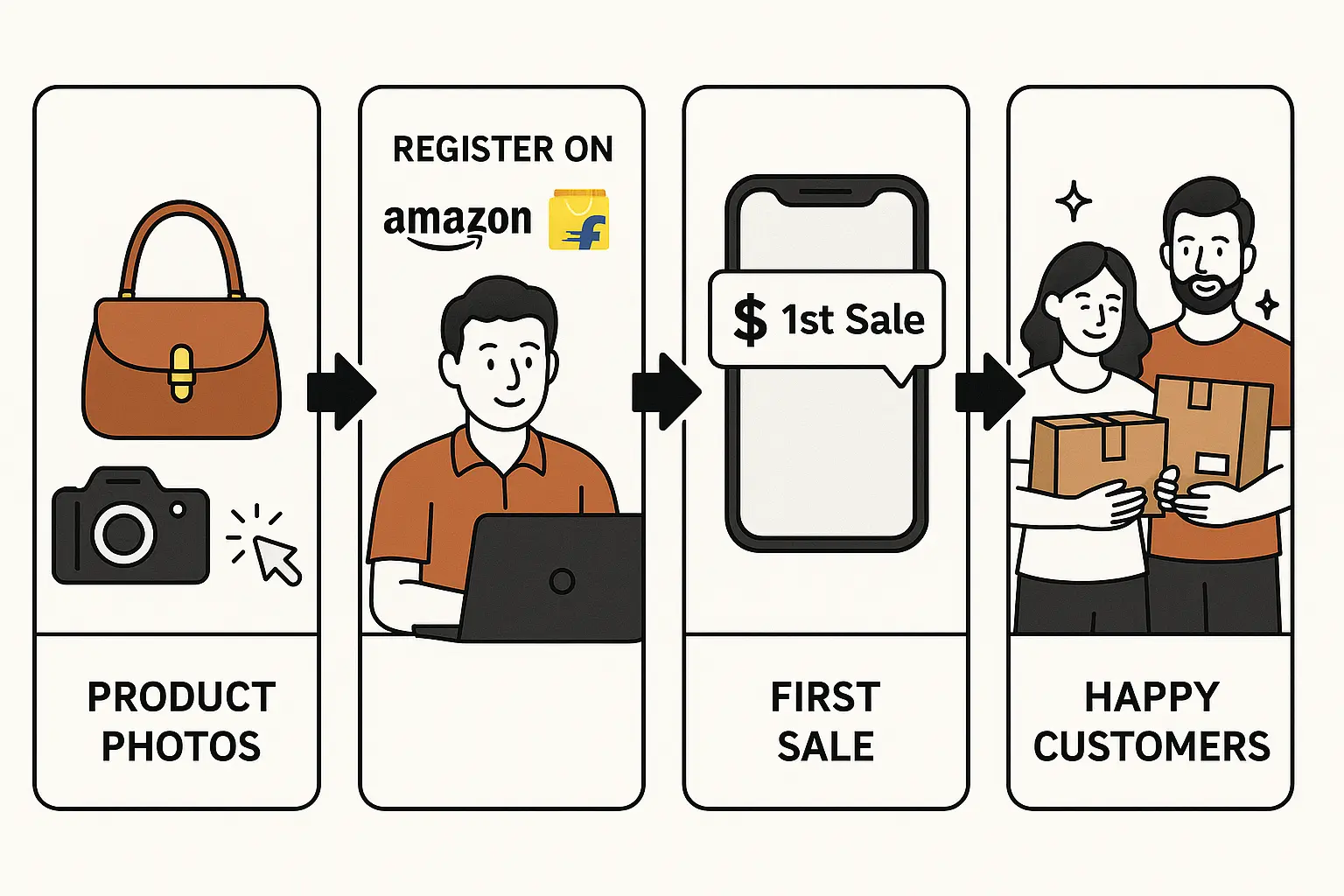


No comments yet. Be the first to comment!